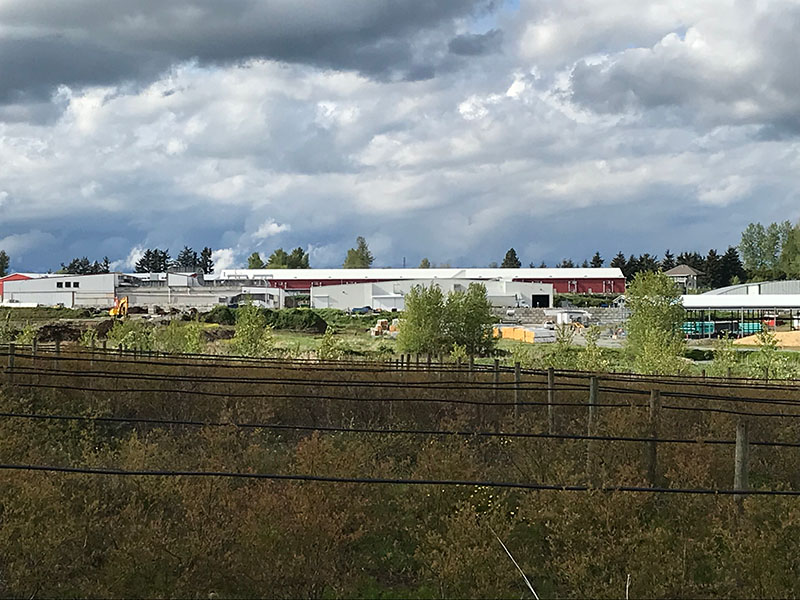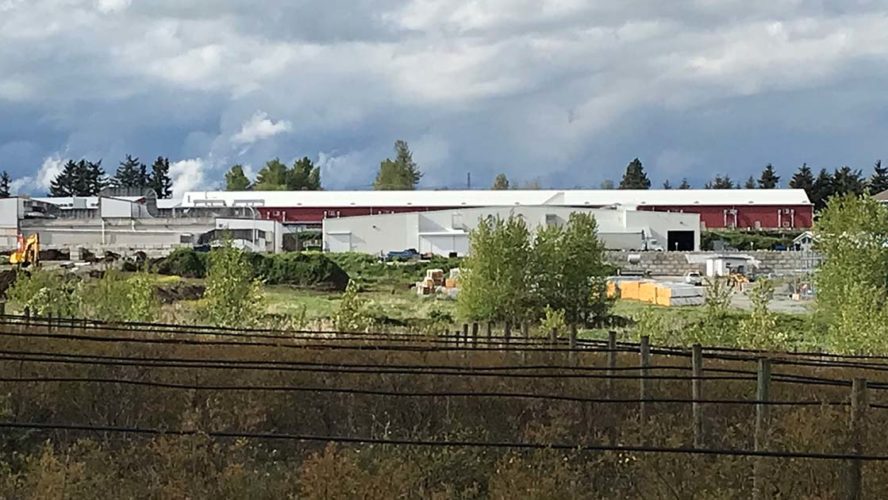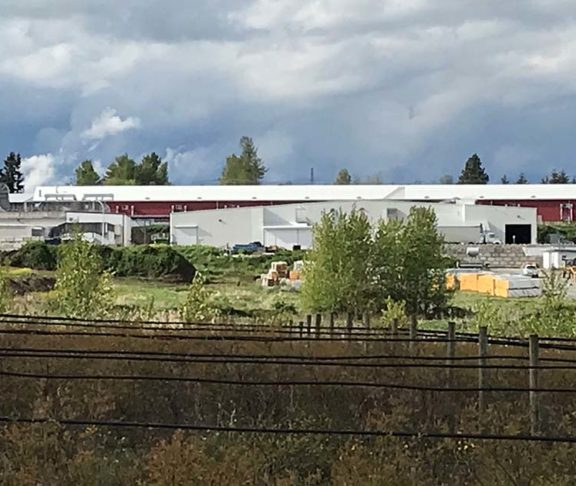Farming in Abbotsford is changing. Farmers are adopting new production practices and technologies, which result in higher yields on the same land base. State-of-the-art production facilities and greenhouses now join wide-open fields. First-time farmers are adding new crops to serve niche markets. New growing methods such as vertically grown vegetables reflect the strong markets and excellent growing conditions that are the basis of a booming agricultural sector.
The Abbotsford Chamber of Commerce’s updated study on the economic impact of agriculture in the city reports that agriculture supports more jobs in Abbotsford now than it did 15 years ago. For example, 29 percent of all private sector jobs and 23 percent of all jobs in Abbotsford now depend on it compared to 25 percent of the private sector jobs and 20 percent of all jobs in 2008.
Abbotsford farms and agri-businesses now generate a staggering $3.83 billion in economic activity, with a compounded annual growth (inflation removed) of 3.49 percent. This rate of growth is twice the rate of the population of Abbotsford over the past 15 years. Abbotsford has the most farmland of any city in the region and has the highest productivity per hectare. However, its central location acts as a hub for farm businesses in the region. Not only have farmers converted their land from lower value crops to higher value crops and increased their production per unit area, but they have also added value to their crops through packaging and processing. Numerous examples of value-added production include berry processing and packing facilities for fresh mushrooms.

You could say that innovation has been a local byproduct for some time. Abbotsford’s youngest residents already know and love EcoDairy. This kid-friendly facility uses technology such as the automated calf rail system, indoor wheatgrass, and anaerobic digestion system (poop power!) to improve animal care and reduce its environmental footprint.
Perhaps lesser known but just as innovative, Van Belle Finished Plants showcases plant breeding innovations and exceptional marketing acumen that offers growers and retailers exactly what consumers want for patios, edibles, perennials, and shrubs. In addition, Van Belle is always looking for new innovations that reduce its environmental impact. And Vitalus Nutrition, a fast-growing Abbotsford-based company, has supplied international markets with specialty milk ingredients since 2004. In 2018, Vitalus launched VITAGOS™ — a galacto-oligosaccharide (GOS) abundant, soluble prebiotic/fibre. It has many health benefits and is used in a wide range of food, beverage, and supplement applications.
As a hotspot for agriculture, researchers consider Abbotsford an incubator for new ideas — and the local University of the Fraser Valley’s (UFV) Food and Agriculture Institute has a close eye on the resiliency and sustainability of new food production methods. UFV has partnered with QuantoTech Ltd. and i-Open Technologies in a research project that explores the role of vertical farming in sustainable food systems to enable local consumers to find pesticide-free and nutritious crops year-round close to home. In addition, UFV’s food systems vulnerability project engaged local and regional government stakeholders and community members to develop “systems maps,” demonstrating both vulnerabilities and opportunities for the community to self-examine the future of agriculture in the area.
Innovating in the face of change is crucial because (as local farmers know first-hand) no year is exactly the same as the one before. In November 2021, Abbotsford experienced one of Canada’s largest flooding disasters. The saturated ground was hit with an extreme fall rainfall event, causing the Nooksack River to overflow and sending floodwater straight to southeast Abbotsford. Compounding the situation, the dykes on the Sumas River overflowed, and water quickly flooded Sumas Prairie, covering an area of approximately 90 square kilometres. Recovery work is underway while the focus turns to long-term flood prevention and mitigation.
“Agriculture is truly the heart of our community,” says Henry Braun, Mayor of Abbotsford, British Columbia, “and we need to be very nimble because we don’t know what’s around the corner, and we need to protect our most important asset, which is food and food security.”
Policy changes are coming, too. Approximately 72 percent of Abbotsford’s land base is in the provincial agricultural land reserve, and in 2022, B.C.’s Agricultural Land Commission is planning policy updates that include new opportunities for vertical agriculture. In 2020, the City of Abbotsford relaunched AgRefresh — a planning process to review Abbotsford agricultural policies, bylaws and regulations, and to establish a framework to improve bylaw compliance for land within the Agricultural Land Reserve. AgRefresh, which is expected to be considered for final adoption by the City Council this summer, supports the viability of agriculture with improved policy guidance and updated city regulation that is clear and predictable.
Hungry for the wonderful taste and experiences that their local farms offer, residents frequent restaurants, breweries, and vineyards, enjoying the touch and taste of agricultural innovation in their backyard. Events such as the local farmers’ market, Agrifair, and Taste of Abby are wildly popular and appetizing to a pandemic-starved customer base whose values lean toward environmentally sustainable and high-quality local food. Abbotsford has farm-to-table right at its fingertips, and local innovations in agriculture prove that the industry and its technological products are ripe for harvest.





